Products
Dynavector 507MKII Tonearm
£8,500.00
What HFL Thinks
Dynavector 507MKII Tonearm – For over 30 years now Dynavector have been leading the way in moving coil cartridges, offering a range to suit all budgets but all guaranteed to offer performance that will get the most from your vinyl collection. Dynavector offer both high and low output cartridges and also produce the brilliant P75 MkIII phono stage with its innovative phono enhancer mode that puts other phono stages that cost much more to shame. Vinyl is going from strength to strength at the moment and rightly so, as in HFL’s book there is no better way to listen to music, so why not pop in, bring your favourite vinyl and hear it like never before with the help of Dynavector.
The new MKII version of the Dynavector DV 507 tonearm has made its long-awaited debut, building on the strengths of the original DV 507 which has enjoyed the highest reputation among audiophiles world-wide since its appearance in 1984.
As it is a bi-axis inertia controlled tonearm the DV 507, no matter the type of cartridge can trace the music signal grooves cut in the recording with extreme accuracy. The DV 507 also provides superb trackability on warped recordings. Resolution and musical detailing are quite remarkable.
The new MKII version of the Dynavector DV 507 tonearm has made its long-awaited debut, building on the strengths of the original DV 507 which has enjoyed the highest reputation among audiophiles world-wide since its appearance in 1984.
As it is a bi-axis inertia controlled tonearm the DV 507, no matter the type of cartridge can trace the music signal grooves cut in the recording with extreme accuracy. The DV 507 also provides superb trackability on warped recordings. Resolution and musical detailing are quite remarkable.
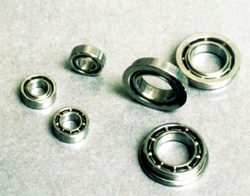
High precision all stainless steel bearings
The use of precision stainless steel bearings give superb dynamic sensitivity and a stabilised tracking performance without any deterioration through ageing.

Non-contact electro magnetic damper
The use of new type damper with a powerful Neodymium magnet gives better damping and ensures that any adverse effects on tracking performance are minimised.
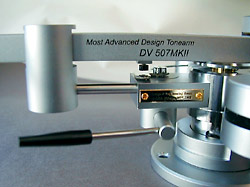
A larger arm lift gives a stable lift action which maintains its performance over long periods enabling cartridges to be raised and lowered without stress.
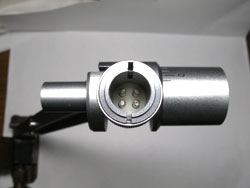
The use of a new type of plug-in connector ensures that good contact is maintained with the Rhodium coated headshell contact pin during long-term use.
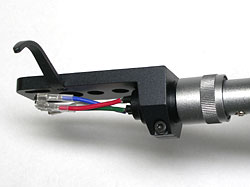
The new style headshell is suitable for use with a wide variety of cartridges. It is machined from aluminium alloy and has an EIA standard connector. This allows the cartridge to be rigidly mounted and the azimuth adjustment. pure 6N wire is used in lead wires for the headshell and internal wires of the arm.
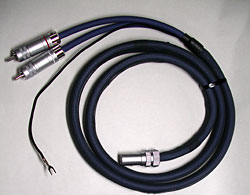
A machined aluminium connector is used. The 5 PIN connector conforms to the DIN standard. Double balanced type shield wire and 4NOFC/6N hybrid construction arm cable.
Advantages of Bi-Axis Inertia Controlled Dynamic Balance Type Tonearm
A tone arm is required to operate in two important ways so as to ensure that the cartridge can reproduce faithfully the signal from the record groove.
First, there is the need to support the cartridge so that the transfer of the cantilever motion accurately mirrors the audio signal.
Secondly, it must maintain an excellent tracking ability for warped records since few records are perfectly flat.
These requirements can conflict with each other. However, the bi-axis tonearm provides an effective solution to the problem.
Main Features
- Electro Magnetic Damping System for accurate tracking
- Arm Lift provided
- Easy Height Adjustment
- Dynamic Balance Tracking Force Adjuster
- Dynamic Damper installed in sub arm
To make the DV 507 MKII compatible with a wide variety of turntables, the overall length and height of the arm have both been reduced compared to the earlier versions. The DV505 and DV501 have enjoyed an excellent reputation in the European audio market since being awarded the Design and Engineering Award at C.E.S. Chicago in 1977,1982 and 1985.
The DV507MKII has important sonic improvements as well as being easier to install and use. It includes all of the technology of our tonearm design developed since the DV505 and 501.
Bi-axis inertia separation for accurate signal reproduction and superb tracking ability
“Bi-axis inertia separation” may sound complex but it simply refers to a tone arm having two arms which operate independently in the horizontal and vertical planes. In contrast, a conventional tonearm has only one arm which moves both horizontally and vertically. This is called a gimbal type tonearm and the inertia for both planes is the same.
The DV507 bi-axis tone arm has a large inertia for horizontal movement and a very small inertia for vertical movement. We shall now explain the reasons why this is advantageous.
It is well known that a cartridge generates an audio signal by the differential motion between the cantilever and the cartridge body. Consequently, if the supporting point of the cartridge (the tonearm) vibrates, the tonearm motion affects the audio signal.
In these conditions, the signal, which causes the tonearm to vibrate is of low frequency and large amplitude.
In the currently used 45-45 stereo record cutting procedure, low frequency signals are almost entirely recorded in a horizontal direction. This means that the low frequency signal, which can cause vibration in the tone arm, exists only as a horizontal force.
The tonearm therefore must have sufficient effective mass and rigidity in the horizontal plane in order to provide a stable platform for the cartridge.
On the other hand, for the mid to high frequencies, the effective mass of the tonearm should not be too large since the combined mass of the cartridge and the head shell need to be taken into account as well. In particular, where records have a warped surface, the vertical effective mass needs to be small enough to ensure a good tracking ability on such surfaces.
To summarise, the tone arm should have a large effective mass and enough damping in the horizontal plane and at the same time a small effective mass in the vertical plane.
These conditions are almost impossible to achieve with a tone arm of conventional design using a simple gimbal pivoting system. To solve the problem, Dynavector designed a bi-axis, inertia controlled tonearm where the shorter and lightweight vertical sub arm is placed at the end of the horizontal main arm. This is the special feature of our design.
To illustrate how the system works in practice, the following measurements will be of interest:
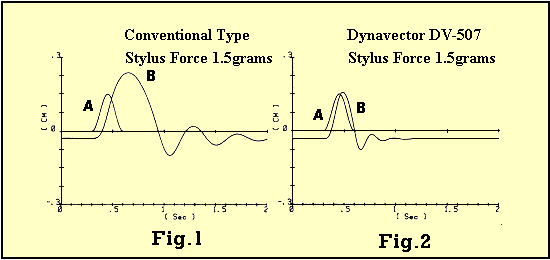
Cartridge behaviour with two different two different types of tone arm was analysed when tracing warped discs. Fig. 1 is with a conventional tone arm and Fig. 2 with the DV507.
In these figures line A refers to the displacement of the record surface and line B the behaviour of the cartridge body. With a conventional tonearm, the displacement of the cartridge is much larger than the actual warp on the disc. At times the cantilever does not touch the record surface.
However, the DV507 shows a much better tracking ability because of its low vertical inertia.
Installation
The overall length of the DV507MKII has been shortened and is now similar to conventional tonearms in spite of its bi-axis design. It is thus easy to install on most turntables.
A fixing hole with a diameter of 29 mm is needed to install the DV507MKII on the turntable board. The distance from the centre of the fixing hole on the arm board to the centre of the turntable spindle should be 226 mm.

Specification
| Tonearm Specification | |
| Accessories | low resistance (0.046 ohms/m, 54pF/m) high quality arm cable, milled aluminium headshell weight 15.4 grams. mounting template for the arm overhang guage for the headshell |
| Depth | 36mm without connecting cable |
| Effective Length | 241mm (i.e. tonearm pivot point to cartridge stylus point) |
| Headshell connection | EIA standards 4 Pin connector |
| Height | 59mm lifts up to 92mm |
| Height Adjustment Range | 39mm-72mm at sub arm center |
| Horizontal tracking angle error | -1.1 degree – +2.2 degree , 0 degree at inner band of record, 2.2 degree at outside |
| Net weight | 1,380 grams |
| Offset Angle | 21.5 degree |
| Optimum cartridge weight | 15-35 grams, including headshell |
| Output connection | 5P connector |
| Overall Length | 306mm. With head shell: max 326 mm |
| Overhang | 15mm |
| Sensitivity | Horizontal:less than 50 mgrams, Vertical:less than 40 mgrams |
| Tracking force adjustment range | 0-38 grams by 0.2 grams step |
| Type | Bi-Axis inertia controlled Dynamic and Eddy Current Damping Dynamic Balance type tone arm |

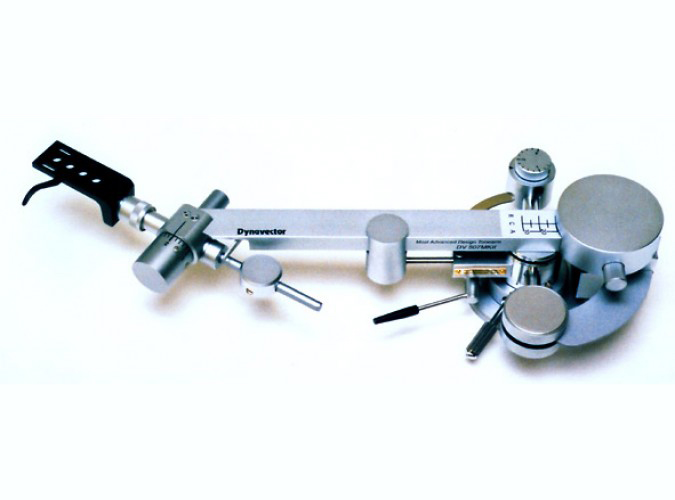
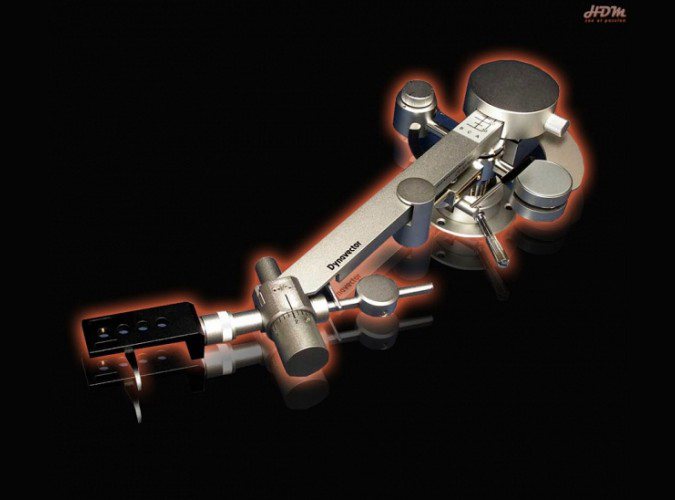
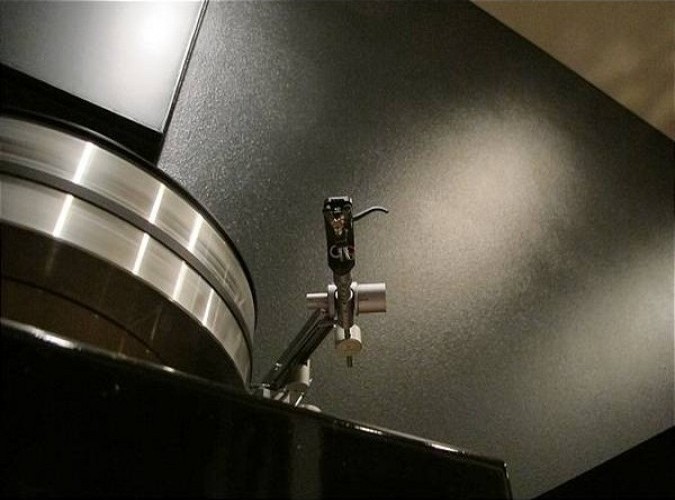


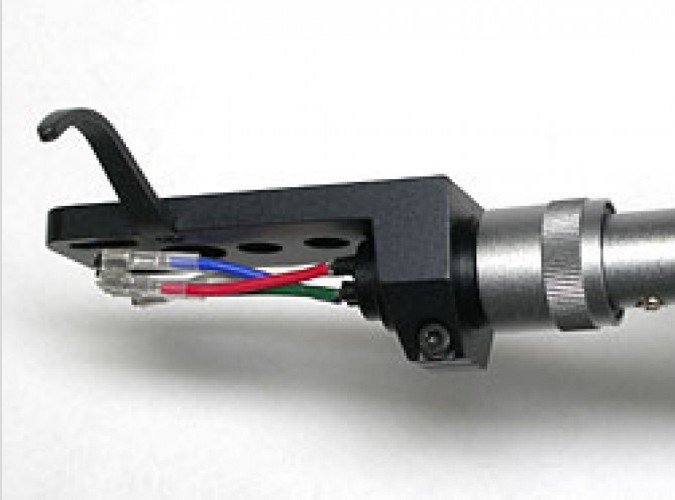
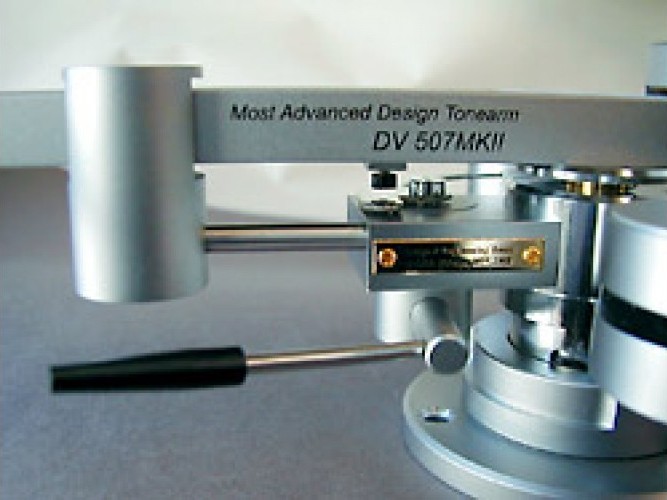


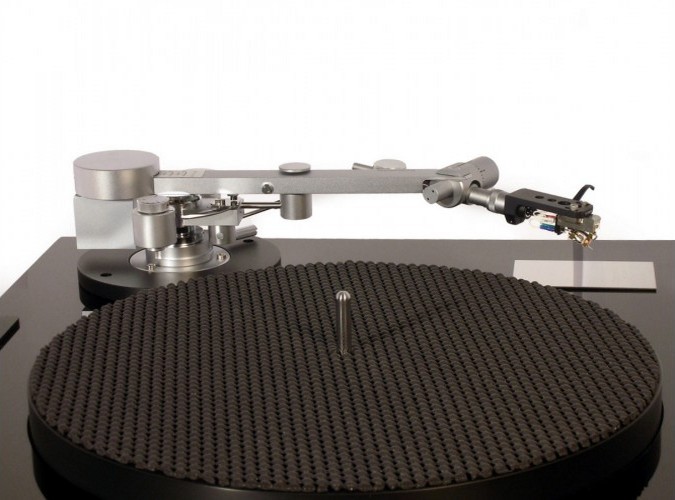
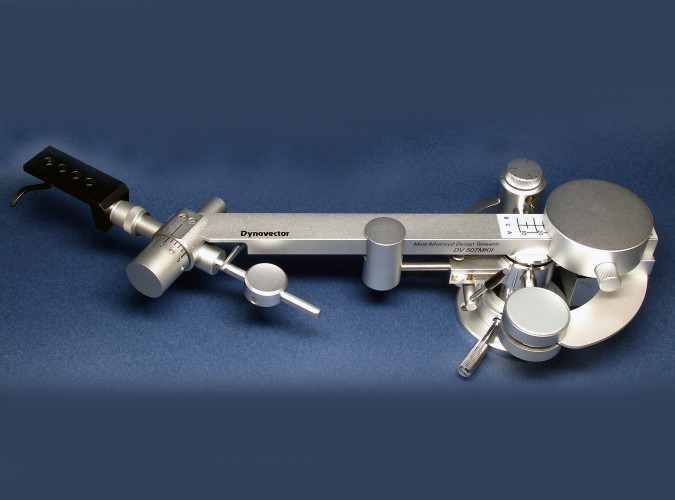

Reviews
There are no reviews yet.